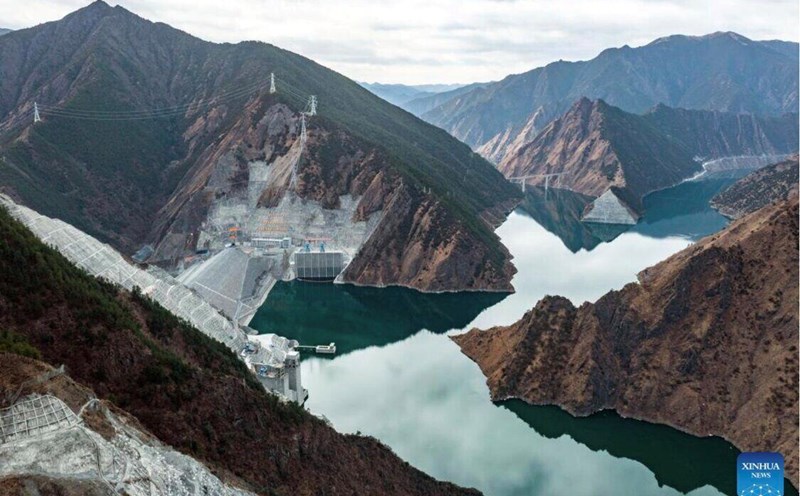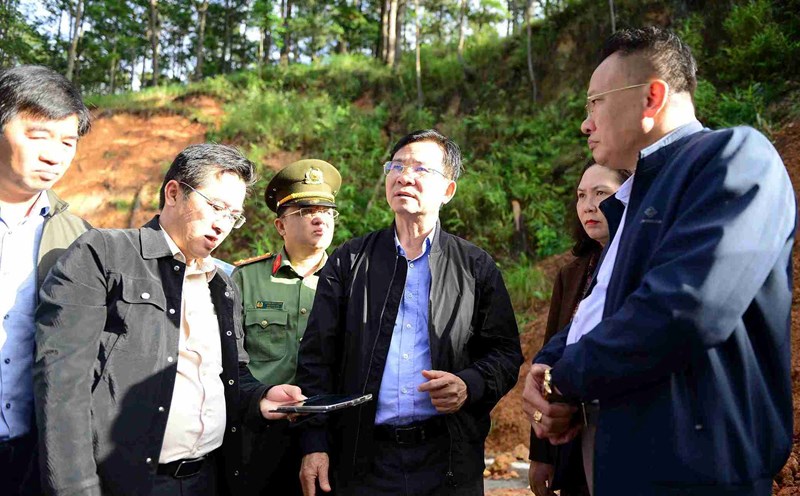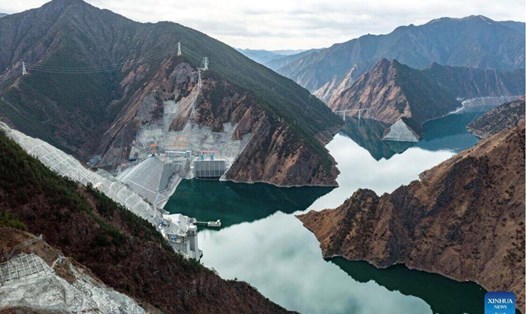The project is built by a subsidiary of the National Grid Corporation of China, with a total installed capacity of 1.35 gigawatt and expected to produce about 1.35 billion kWh of electricity per year.
The plant operates under the mechanism of using excess electricity during off-hour to pump water from low reservoirs to high reservoirs, storing energy in the form of positioning. When electricity demand increases, this amount of water is discharged down to generate electricity.
The dam of the reservoir is 182.3m high, equivalent to a 60-storey building, becoming the highest activeness dam in the world. The lake can contain a maximum of 17.07 million m3 of water.
Jiangsu Province, the industrial center of the Yangtze River Delta, is experiencing record electricity demand. Meanwhile, China's renewable energy capacity has increased sharply, leading to increased demand for power storage facilities.
When fully operated, the station can help reduce pressure on the power grid during peak hours and increase the ability to absorb electricity from renewable energy sources such as wind and solar power, said Mr. Wang Chenhui, Director of Development Department of Tran Giang Power Supply Company.
Since 2021, the National Grid Corporation of China has put 78 pumped-storage hydropower plants into operation, bringing the total capacity of this type of power generation to 44.53pm.











